Planta de Yuca. ¿Cómo se Cuida una Planta de Yuca?
La yuca es una de las plantas más atractivas que suelen aparecer en los jardines. Sus grandes flores blancas como la nieve pueden sorprender incluso al jardinero más exigente. Pero una planta de yuca necesita mucho sol. Es perfecta para los jardines grandes, ya que suele haber mucho sol en los espacios abiertos. ¿Te preguntas cómo cuidar una planta de yuca? Antes de decidirte a comprar una, aprende los detalles más importantes sobre ella. De este modo, seguro que será una hermosa e impresionante decoración en su jardín.
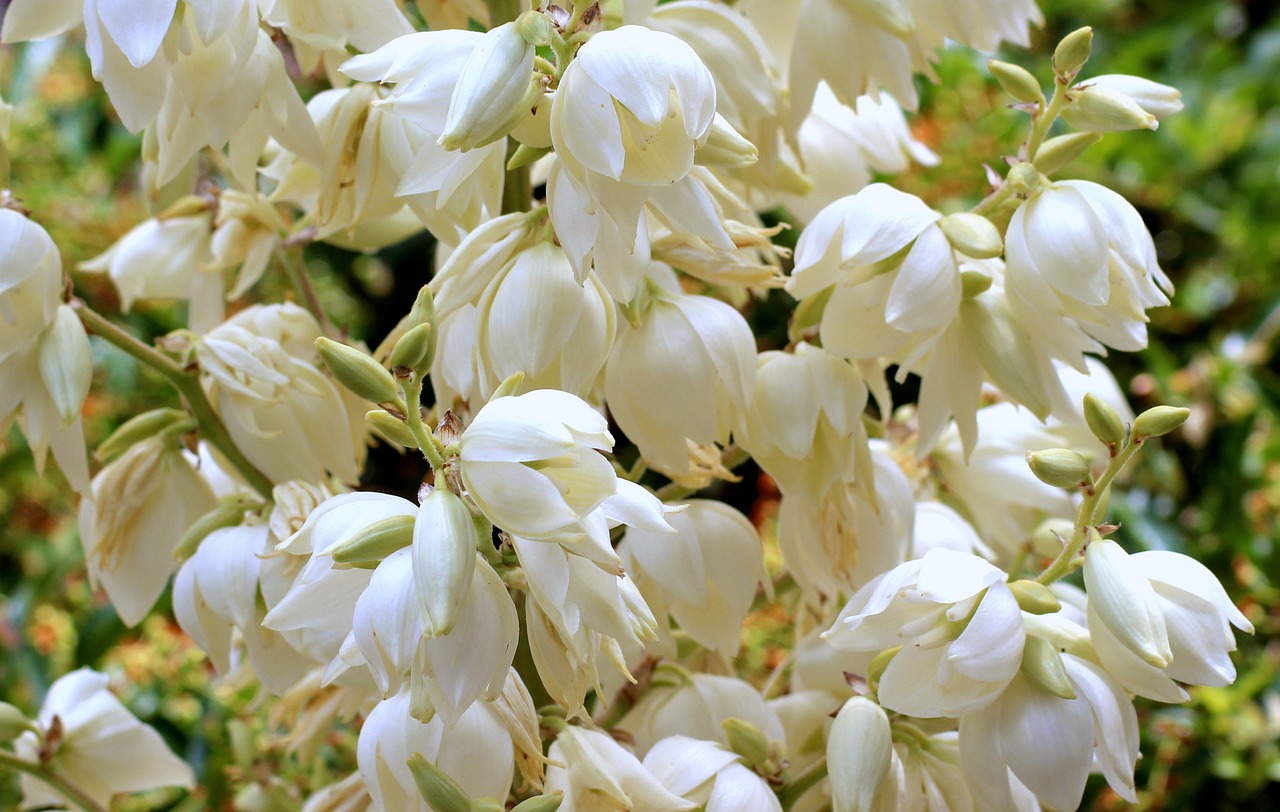
Planta de yuca, ¿qué tipo de planta es?
La yuca es una especie de planta de la familia de las Asparagaceae_,_ que se origina en ambas Américas. Es de hoja perenne y crece hasta 2 metros de altura. Las flores de la yuca blanca tienen forma de campana, y aparecen en el verano, de junio a agosto. Una de las subespecies más populares es la Yucca filamentosa, también conocida como la aguja de Adán. A la planta le gusta mucho el sol y el calor.
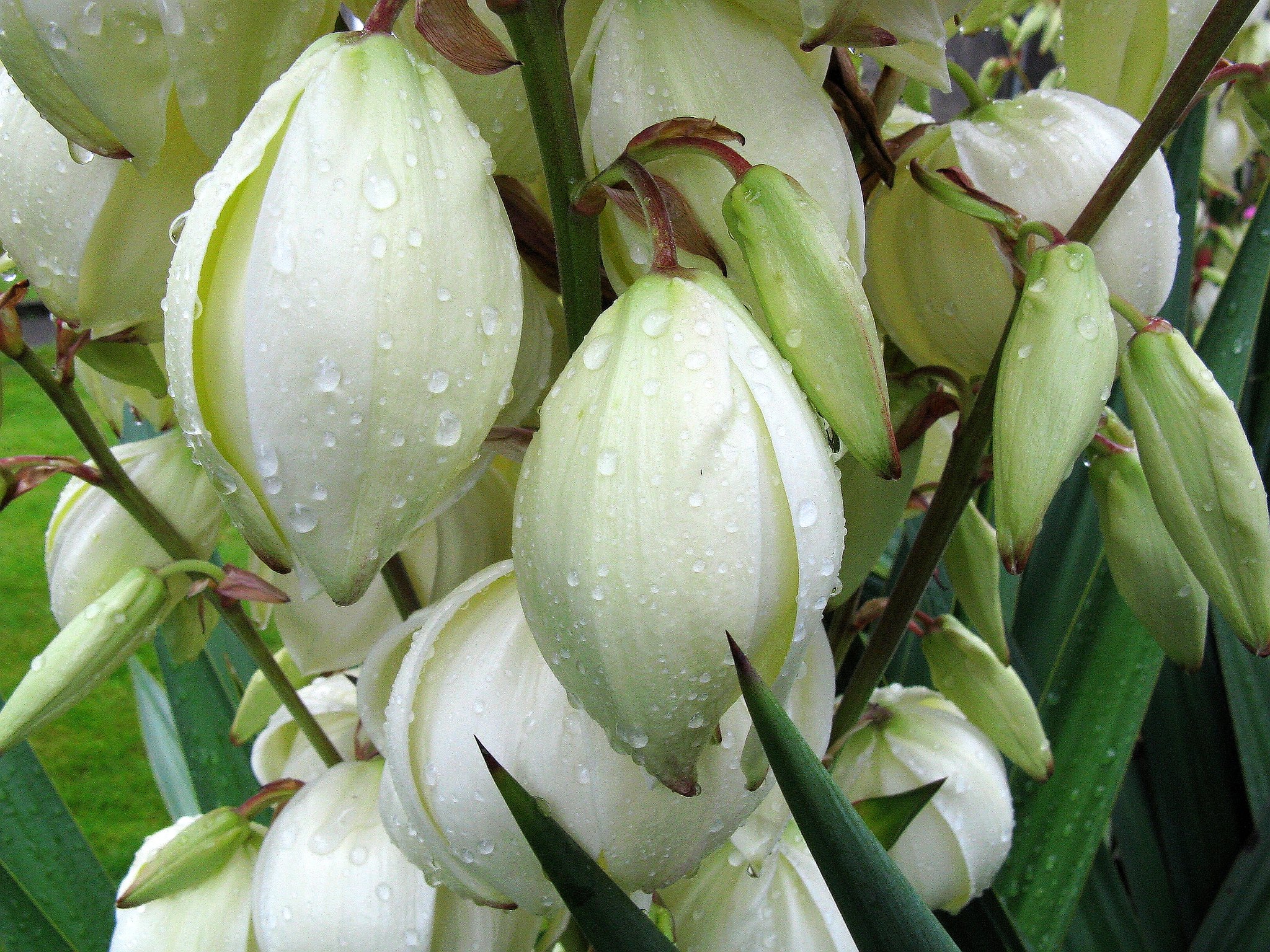
¿Qué tipos de plantas de yuca hay?
Las plantas de yuca están representadas por muchos tipos diferentes que pueden caracterizarse por diferentes alturas, colores de hojas y diversos grados de resistencia a las condiciones climáticas. Una de las especies más populares, a menudo cultivada en los jardines europeos es la ya mencionada aguja de Adán. No sólo tiene un aspecto bello, sino que también es resistente a las bajas temperaturas, característica de la mayoría de los países europeos.
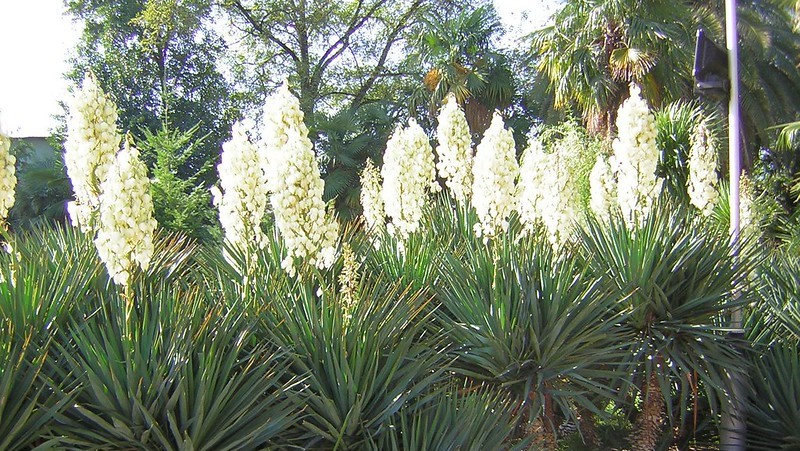
4 most popular types of cassava for gardens
In addition to the popular filamentous yucca, there are four other yucca plants that are often grown in gardens. They are:
- Color Guard - a type with pink leaves.
- Yucca gloriosa variegata - a yucca plant with unusual blue-green leaves and white undertones.
- Ivory Towers - a species with white-edged leaves.
- Bright Edge - a short shrub with yellow-green leaves.
Un hecho interesante es que a pesar de los diferentes colores de las hojas, todas las plantas de yuca tienen las mismas flores blancas grandes.

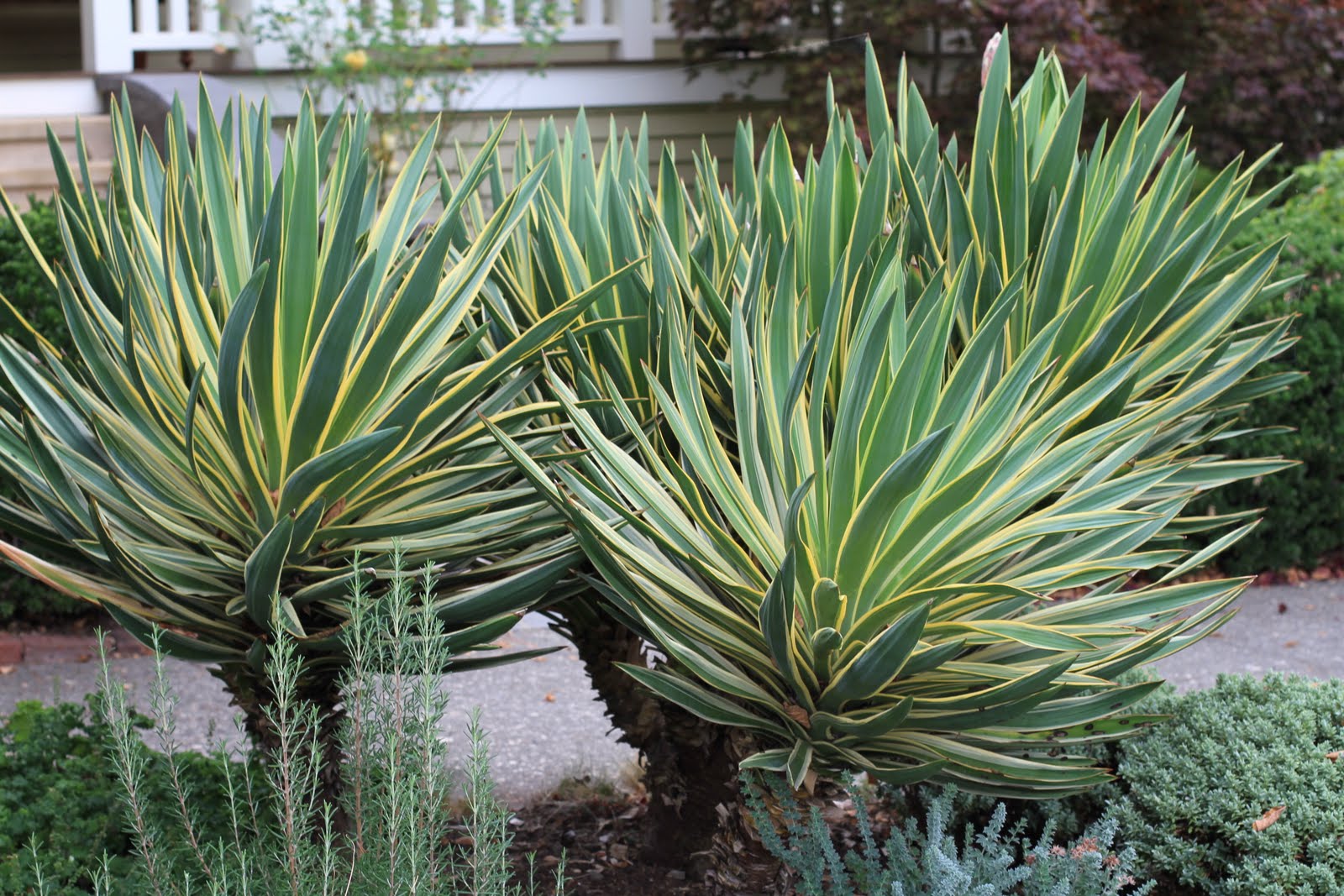


Yuca - consejos de plantación
Las plantas de yuca suelen plantarse en la tierra a partir de plantones previamente cultivados. Generalmente se aconseja hacerlo en primavera, pero el factor decisivo es la temperatura exterior.
Si tienes pequeñas plantas de semillero que no están bien desarrolladas todavía - abstente de plantarlas a principios de la primavera. Las bajas temperaturas podrían afectarlos negativamente, y la yuca no echará raíces.
Una yuca debe ser plantada en un lugar con alta exposición al sol en el jardín. Sin embargo, no se recomienda un espacio completamente abierto. Debido a que las yucas crecen bastante altas, son vulnerables a fuertes vientos que podrían romperlas fácilmente.
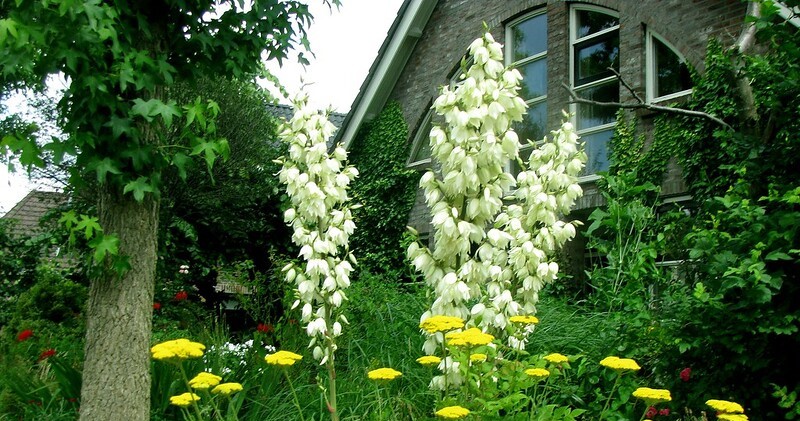
Una planta de yuca crece perfectamente en varios tipos de suelo, por ejemplo, en suelos ricos y arenosos. No le gusta la alta humedad y los suelos arcillosos.
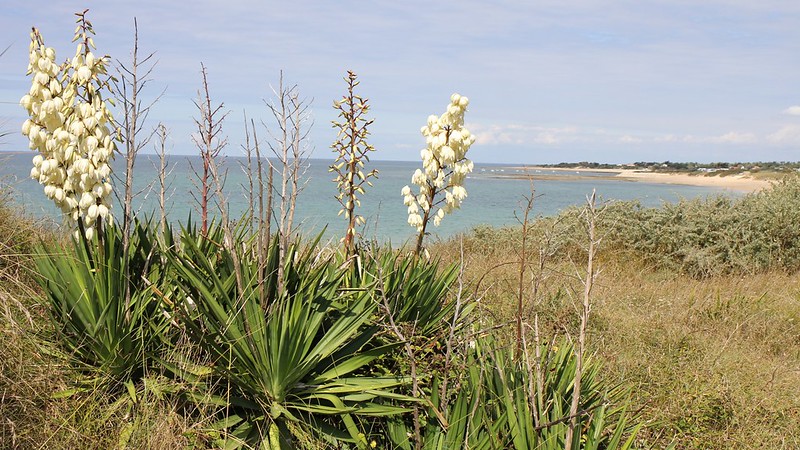
Planta de yuca - cuidado y floración
Si esperas que tu árbol de yuca florezca poco después de plantarlo, desafortunadamente te vas a decepcionar. Las plantas de yuca empiezan a desarrollar flores después de 2 o 3 años, si se las cuida adecuadamente. La ya mencionada exposición al sol y el calor son esenciales. Si hay bajas temperaturas durante una temporada, el proceso de floración se ve amenazado.
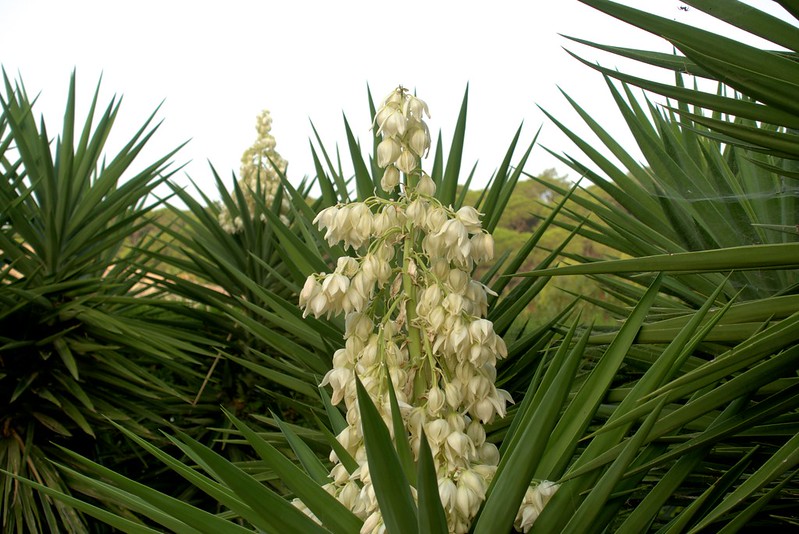
El crecimiento adecuado de una planta de yuca depende también en gran medida de los nutrientes que se le proporcionen, en dosis bajas. Típicamente, uno necesita alimentar a una planta de yuca dos veces por temporada.
Recuerda que a la planta de yuca no le gusta la humedad, no la riegues muy a menudo. El exceso de riego puede llevar a una enfermedad que se manifiesta por marcas en las hojas y la falta de floración.
¿Cómo se puede invernar una planta de yuca?
La forma en que se mantiene una planta de yuca durante el invierno afecta a su condición y florecimiento. Aunque la más popular Yucca filamentosa - la aguja de Adán es resistente a las heladas, no debe dejarse expuesta a bajas temperaturas.
Asegurar una yuca antes del invierno implica atar las hojas y cubrirlas con una tela que proteja la planta contra las heladas.
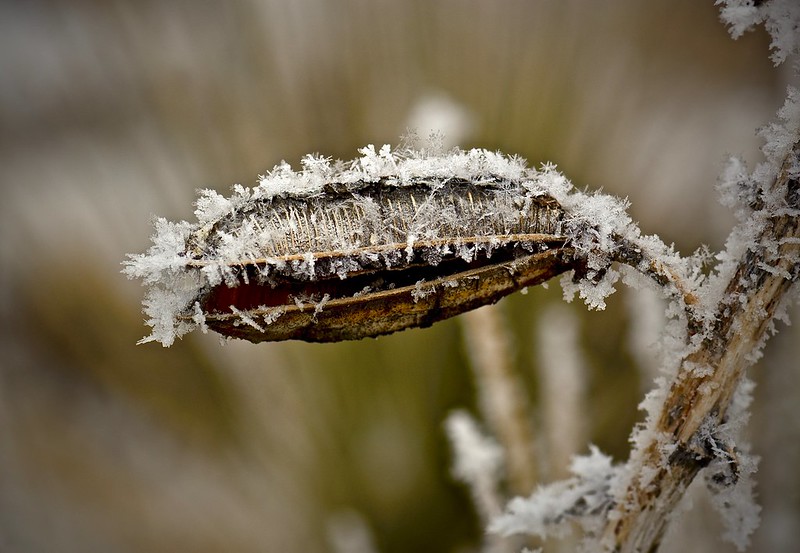
Para la cubierta se puede usar cartón, ramas de abeto o paja. Asegurada de esta manera, una planta de yuca puede sobrevivir a la temporada de frío sin el riesgo de desarrollar enfermedades.
Puedes destapar tu yuca al mismo tiempo cuando se ponen nuevas plantas en la tierra. El mejor período para ello es entre marzo y Mayo, o antes, si las temperaturas son lo suficientemente altas.
¿Puedes cultivar una planta de yuca en el interior?
Al igual que otras plantas de jardín, las yucas pueden cultivarse en interiores. En este caso, no puede olvidarse de proporcionar las condiciones adecuadas a la planta: mucha luz solar y riego no demasiado frecuente. Un lugar perfecto para una planta de yuca debe estar no muy lejos de las ventanas o la puerta del balcón, donde haya suficiente luz natural.
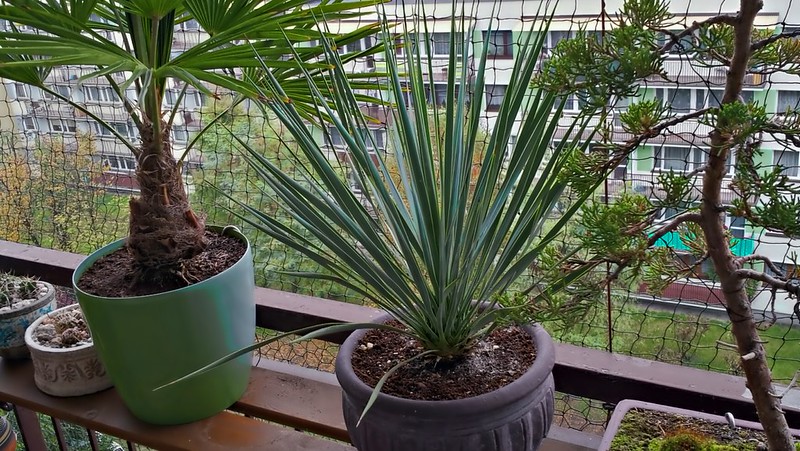
¿Por qué mi planta de yuca no florece?
Hay muchas razones posibles por las que una planta de yuca no florece. Averiguar cuál es la que te preocupa te ayudará a cuidar la planta y a desarrollar hermosas flores blancas. Las razones más comunes para la falta de floración son:
- exposición insuficiente a la luz solar,
- la excesiva humedad del suelo o el riego demasiado frecuente,
- forma incorrecta de alimentar la planta con minerales o fertilización demasiado frecuente,
- plantando la yuca en un suelo arcilloso,
- temperatura demasiado baja debido a la plantación de la yuca demasiado pronto,
- un invierno inapropiado,
- exposición a fuertes vientos.
La yuca es sólo una de las muchas plantas hermosas que puedes tener en tu jardín. Puedes encontrar muchos arbustos populares de jardín como la hierba de la pampa, forsitia, hortensia, cornejo y muchas otras especies interesantes. Sólo tienes que elegir los que más te gustan.
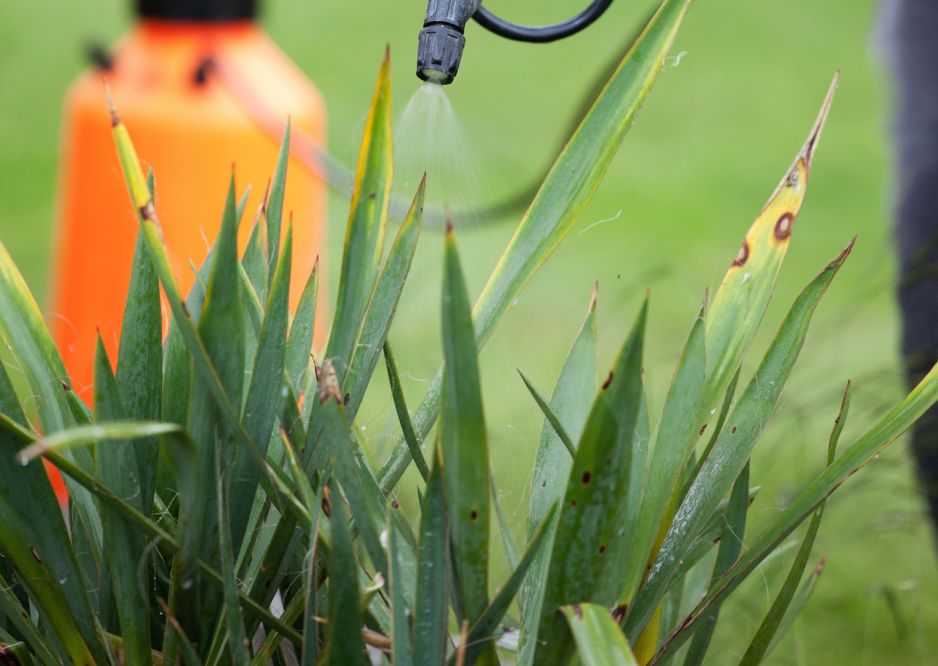
Planta de yuca: las propiedades ocultas
Pocos saben que, además de su hermoso aspecto, las plantas de yuca también tienen propiedades beneficiosas para la salud. Se trata sobre todo de las hojas, aunque algunos utilizan también las raíces.
Los beneficios para la salud de la yuca se derivan de uno de los componentes que contiene esta planta: las saponinas. Gracias a ellas, la planta de yuca puede ayudar a las personas que tienen problemas de
- inflamación de huesos y articulaciones,
- intestinos y problemas digestivos,
- la inmunidad del organismo,
- músculos demasiado cansados.
La planta de yuca también puede desintoxicar el organismo, lo que es perfecto para aquellos que están planeando una dieta y quieren preparar su cuerpo.
Curiosamente, las flores de yuca también son muy beneficiosas: son comestibles. Puedes utilizarlas para decorar pasteles o ensaladas. Seguramente impresionarán a todo el mundo.
La planta de yuca tiene muchas ventajas, así que deberías considerar su cultivo, sobre todo porque es muy fácil de hacer.
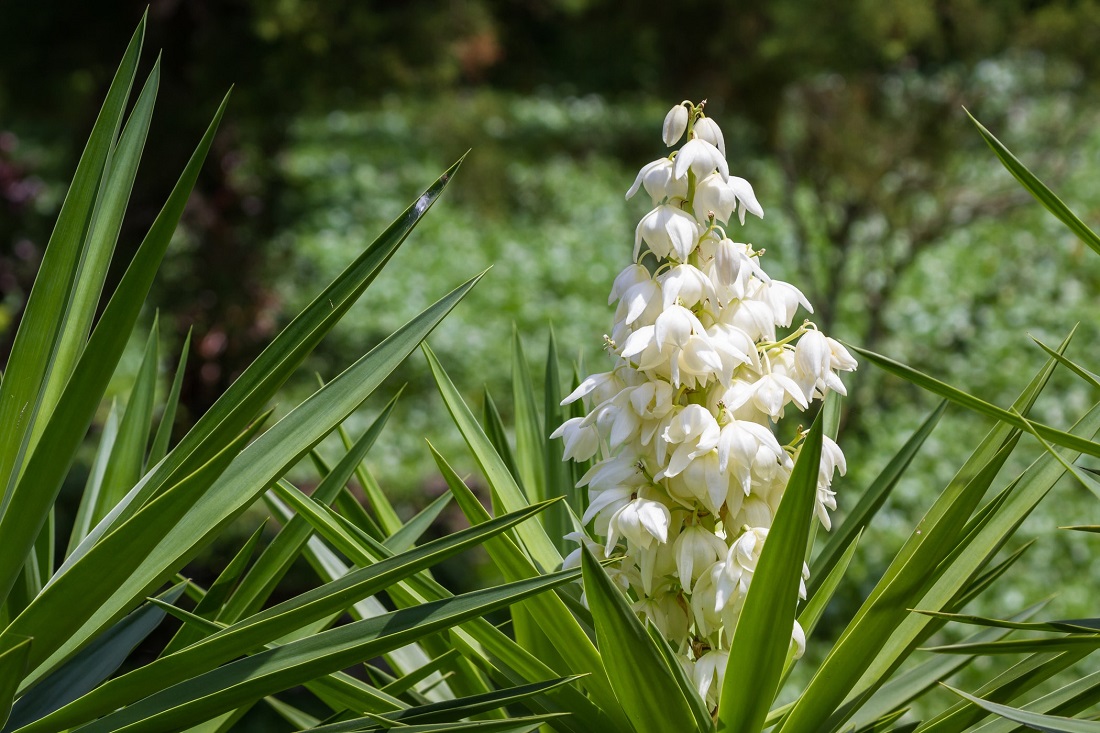
📍 ¿Qué es una planta de yuca?
La planta de yuca es un nombre de arbustos y árboles de la familia de las Asparagaceae. Son perennes de hoja perenne, valoradas por los jardineros por sus inusuales hojas de varios colores y hermosas flores blancas.
📍 ¿Cómo se cuida una planta de yuca?
Uno de los factores más importantes en el cuidado de la planta de yuca es la suficiente exposición a la luz solar. Asegúrate de que el lugar en el que crece la planta tenga suficiente acceso al sol. No riegues demasiado la yuca, ya que no le gusta la humedad. La yuca crece bien en suelos ricos o arenosos, pero no en los que tienen un alto contenido de arcilla.
Artículos destacados




